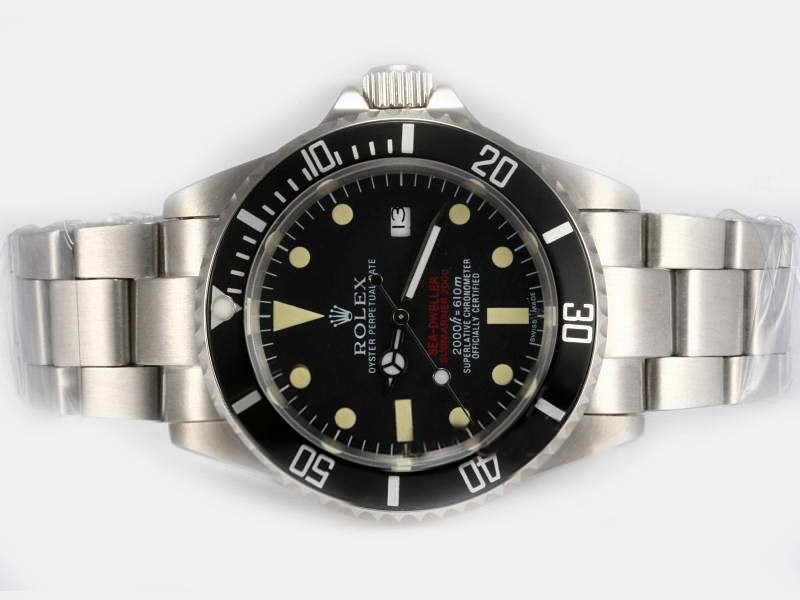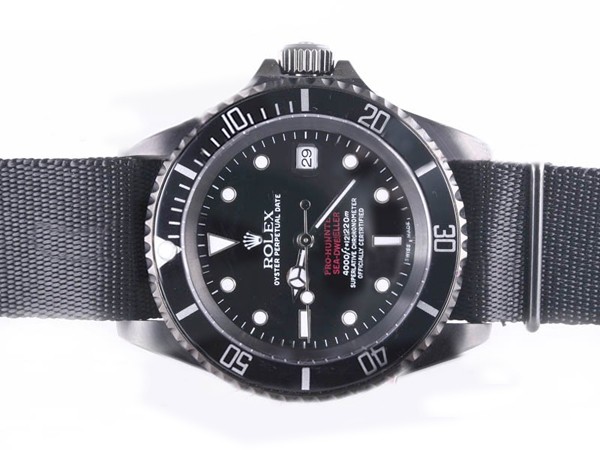Not all popular replica Rolex references that are highly regarded today had successful receptions when they were first released. Just look at the mega-collectible “Paul Newman” Daytona: when these “exotic dial” chronographs first started to appear at dealers, many people considered they were ugly, and some even went so far as to have their exotic, “Paul Newman” dials swapped out for standard ones during routine servicing.
Regarding vintage fake Rolex watches, oftentimes it is the original cold response to a very unique model that ultimately leads to a better level of rarity and desirability for more collectors.
Rolex introduced the very first version of the Explorer II in 1971: the reference 1655. At the time of its launch, Rolex watches were not taken as the status symbols that they are today, and the Explorer II 1655 was aimed specifically at speleologists, intended to be much more of a ‘tool watch’ than a luxury item.
As a company that built its fame producing high-end watches that were viewed as items of necessity instead of premium-priced accessories, this approach was very much in-line with Rolex’s roots. The Explorer II 1655 was only ever manufactured in stainless steel, with absolutely no solid gold or two-tone options available. What’s more, like many of Rolex’s other sports watches, the reference 1655 Explorer II was exclusively offered with a black dial.
The idea behind this particular set of features was to make a good watch for cave explorers working for days in total darkness, who Rolex claimed would “soon lose all notion of time: morning, afternoon, day, or night.”
The Rolex Explorer II 1655 experienced rather poor sales upon its initial introduction and remained in production for about fifteen years until it was discarded in 1985. The very narrow and specific target group, combined with what many collectors at the time considered “messy” and “illegible” dials, hampered its popularity and sold relatively few samples.
During its 1971 to 1985 run, the reference 1655 went through five slight dial changes, four bezel variants, and two different second hands. All changes were very small; however as was the case with the “Paul Newman” Daytona, none of the changes succeeded to stimulate Explorer II sales, and reference 1655 watches lingered on dealer shelves. Even celebrity endorsements fell short of drastically increasing the number of replica watches.
As it stands today, the Rolex Explorer II 1655 is somewhat of an oddball in Rolex’s history. It was made explicitly for cave explorers, yet promoted by actors and professional athletes. In production, sales were disappointing; however, it is now one of the more desirable and rare classic Rolex references. It seems that almost every fake Rolex watch makes is a classic — even if it misses, it may take decades to catch on!

